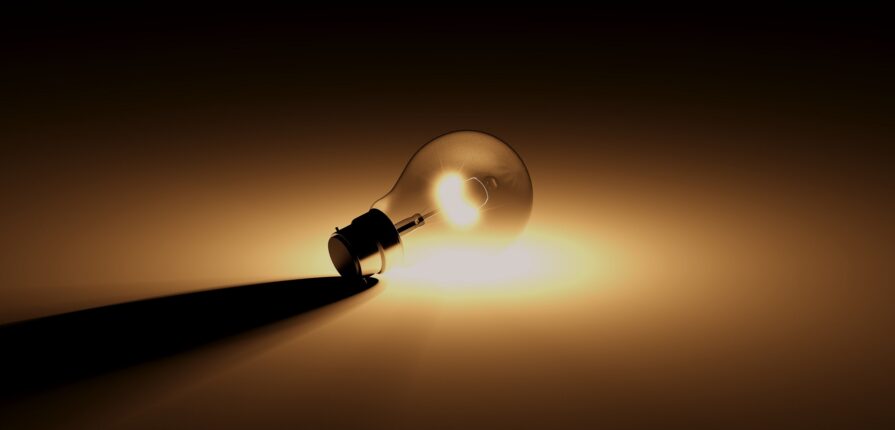With the right lighting, a humble abode can become one with the stars. However, when energy consumption is an issue and prices are rising, is there a way to deliver the look without over-using resources? Sure, there’s a price to beauty, but it needn’t be ridiculously steep.
That’s where low-voltage systems come in. By definition, low voltage systems pertain to electrical equipment that uses 50 volts of electricity or less. They are used for a variety of things, but let’s focus on low-voltage outdoor lighting systems.
Advantages of low voltage outdoor LED lights
1. Cost effective
While the initial cost of LED bulbs may be higher, the operational cost is less than that of standard bulbs since they require less energy.
2. Better output quality
Low voltage lights project a natural light with a range of colors and temperature options. From an aesthetic standpoint, you’ve got options to play with so you can tune the system to get the look you want.
3. Energy efficient
Low-voltage LED lights produce far more lumens than the average line voltage ones. They also have a greater lifespan than incandescents. They also do not produce a lot of heat, hence the efficacy.
4. Safety
Owing to the fact that they operate at a low voltage, a low-voltage outdoor lighting system is often preferred to prevent accidents. They don’t come safer than these.
Is LED the way to go?
While low-voltage lights have many advantages, installation can be a little complicated. You need a transformer with enough capacity to run the entire system. And figuring out where and how to install supports and wiring can be a challenge.
However, we think the advantages far outweigh the work of installation. Over the years, the technology of low-voltage LED lights has come a long way:
- The light output is adjustable, providing a wide variety of aesthetic options.
- They don’t produce a lot of heat or ultraviolet light, so they usually don’t attract bugs.
- They last 13 times longer compared to conventional incandescent bulbs.
- They’re a very low fire hazard owing to their low voltage and low heat.
Plan a low-voltage LED outdoor lighting system
Take stock of your home’s exterior. Generally, you’d be thinking about lighting up the pathways and entrances as a starting point. You’d also be thinking about how you can install lights that add greater emphasis and panorama to the landscape surrounding your home. Here are some of the more popular LED choices for lighting up the outdoors:
Uplights: Uplights are popular for showing off the entire front of a house or building and highlighting features. The trick is to arrange them so they project a uniform look, while adjusting the angles to avoid any shadows or dark areas. There’s plenty of variety in terms of sizes, shapes and colors, so landing the style that works for you should be easy.
Spotlights: Spotlights, as the name suggests, are used to create focal points with a directed spot of light. Be it a tree, a statue, seasonal plants, or a water feature, you can use spotlights to make something the star of the show. As with uplights, there are plenty of types to choose from. You can adjust the lighting according to what you’re attempting to showcase, especially if it is a living feature.
Floodlights: Floodlights are powerful outside lighting features that can cover large areas. Since the name of the game here is intensity, you shouldn’t need to use many of them. They are best used for security and practicality.
Components of low voltage outdoor lighting
Low voltage landscape wiring: Low voltage landscape wiring comes in many sizes, being commonly available as 10-, 12-, 14-, or 16-gauge. The lower the number, the bigger or thicker the wire. It’s important to use the right size wiring for the amount of voltage. Also note that too much distance between the transformer and power supply can cause a voltage drop due to resistance in the circuitry.
Transformer: The transformer is the powerhouse of a low-voltage lighting system. It modulates the voltage supply coming in and dials it down to run the low-voltage LED system. Keep in mind that choosing the right transformer is important. Choose one with a maximum output that can handle the total output of all your lighting combined. You may also account for any future additions you may intend to make to your system and buy a transformer accordingly.
Annnnd time to light it up!
We’re here to help with planning, installing, and maintaining low-voltage outdoor systems for St. Louis homes, restaurants, and venues. Get in touch for a free estimate and custom demo.

